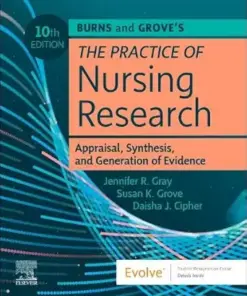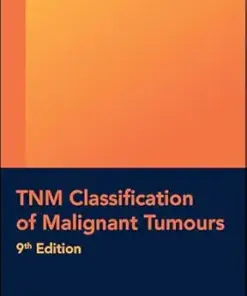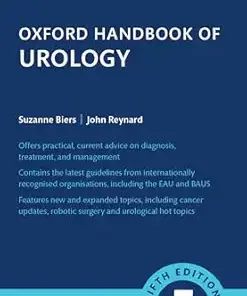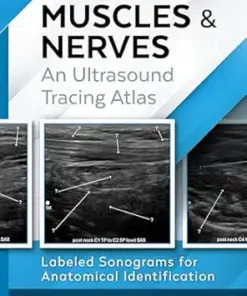Coal and Coalbed Gas: Future Directions and Opportunities, 2nd Edition (EPUB)
7 $
Format :EPUB)
File Size :340 MB
by Romeo M. Flores; Tim A. Moore (Author)
Coal and Coalbed Gas: Future Directions and Opportunities, Second Edition introduces the latest in coal geology research and the engineering of gas extraction. Importantly, the second edition examines how, over the last 10 years, research has both changed focus and where it is conducted. This shift essentially depicts “a tale of two worlds”—one half (Western Europe, North America) moving away from coal and coalbed gas research and production towards cleaner energy resources, and the other half (Asia–Pacific region, Eastern Europe, South America) increasing both research and usage of coal. These changes are marked by a precipitous fall in coalbed gas production in North America; however, at the same time there has been a significant rise in coal and coalbed gas production in Australia, China, and India. The driver for higher production and its associated research is a quest for affordable energy and economic security that a large resource base brings to any country like Australia’s first large-scale coalbed gas to liquid natural gas projects supplying the demand for cleaner burning LNG to the Asian-Pacific region. Since the last edition of this book, global climate change policies have more forcibly emphasized the impact of methane from coal mines and placed these emissions equal to, or even more harmful than, CO2 emissions from fossil fuels in general. Governmental policies have prioritized capture, use, and storage of CO2, burning coal in new highly efficient low emission power plants, and gas pre-drainage of coal mines. The Organization for Economic Cooperation and Development (OECD) countries and China are also introducing new research into alternative, non-fuel uses for coal, such as carbon fibers, nanocarbons, graphene, soil amendments, and as an unconventional ore for critical elements.
New to this edition: Each chapter is substantially changed from the 1st edition including expanded and new literature citations and reviews, important new data and information, new features and materials, as well as re-organized and re-designed themes. Importantly, three new chapters cover global coal endowment and gas potential, groundwater systems related to coalbed gas production and biogenic gas generation as well as the changing landscape of coal and coalbed gas influenced by global climate change and net-zero carbon greenhouse gas emissions.
FOREWORD
When I reviewed the first edition of this book, my initial thought was, “Do we need another book on coal geology?” and then I read it and realised, “Yes, we need this book” and my students downloaded copies as soon as it was available. So now we come to 2023, and a lot has happened in the past decade. For a different reason we might ask if we still need this book, or even coal geoscientists and engineers, as the world aims for rapid decarbonisation of the energy sector and a reduction of coal as a feedstock for industrial resources, like steel manufacture.
Product Details
Publisher: Elsevier Science;
ISBN: 9780323859387
ISBN: 9780323859370
Copyright: 2024
Be the first to review “Coal and Coalbed Gas: Future Directions and Opportunities, 2nd Edition (EPUB)” Cancel reply
You must be logged in to post a review.







































































































Reviews
There are no reviews yet.